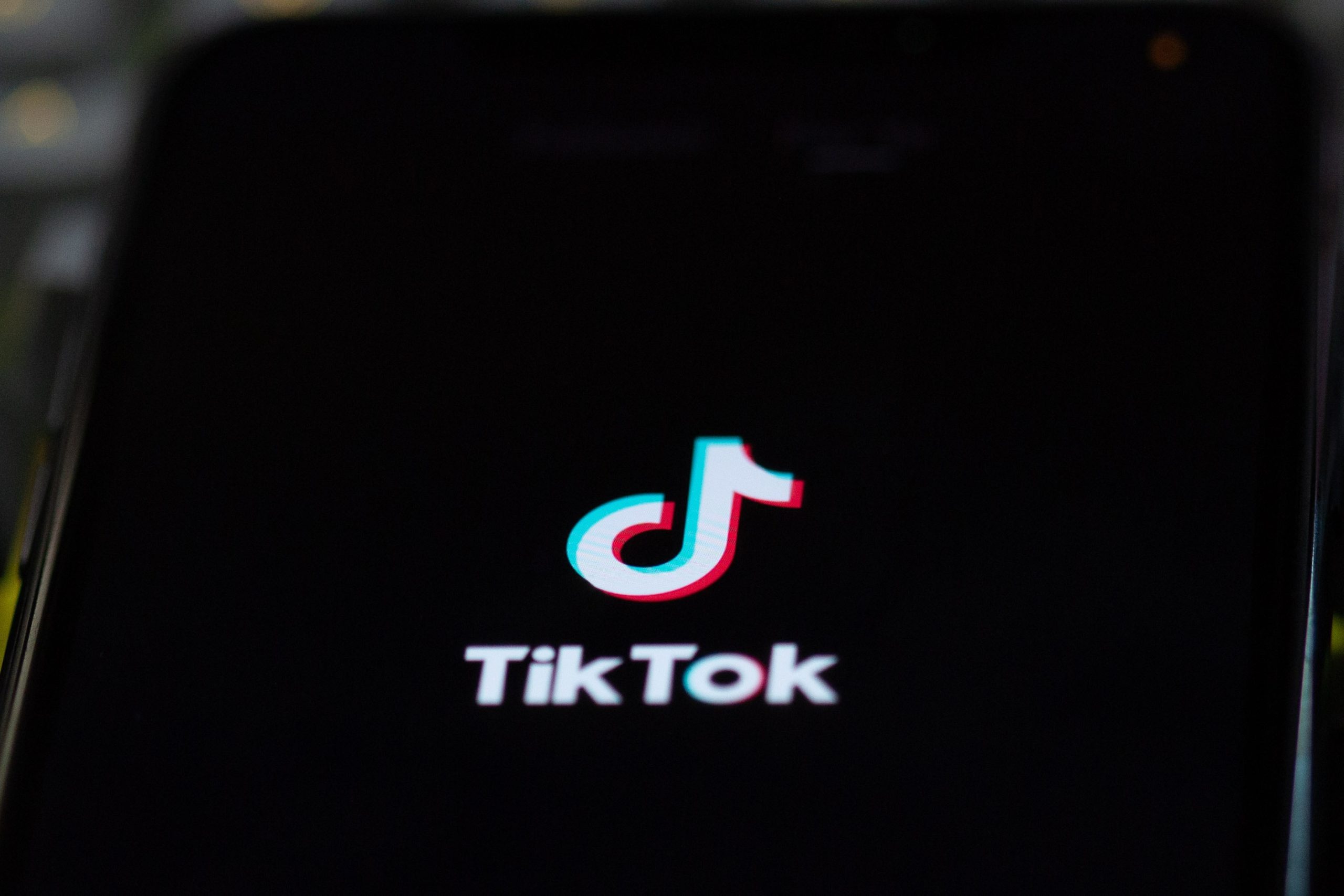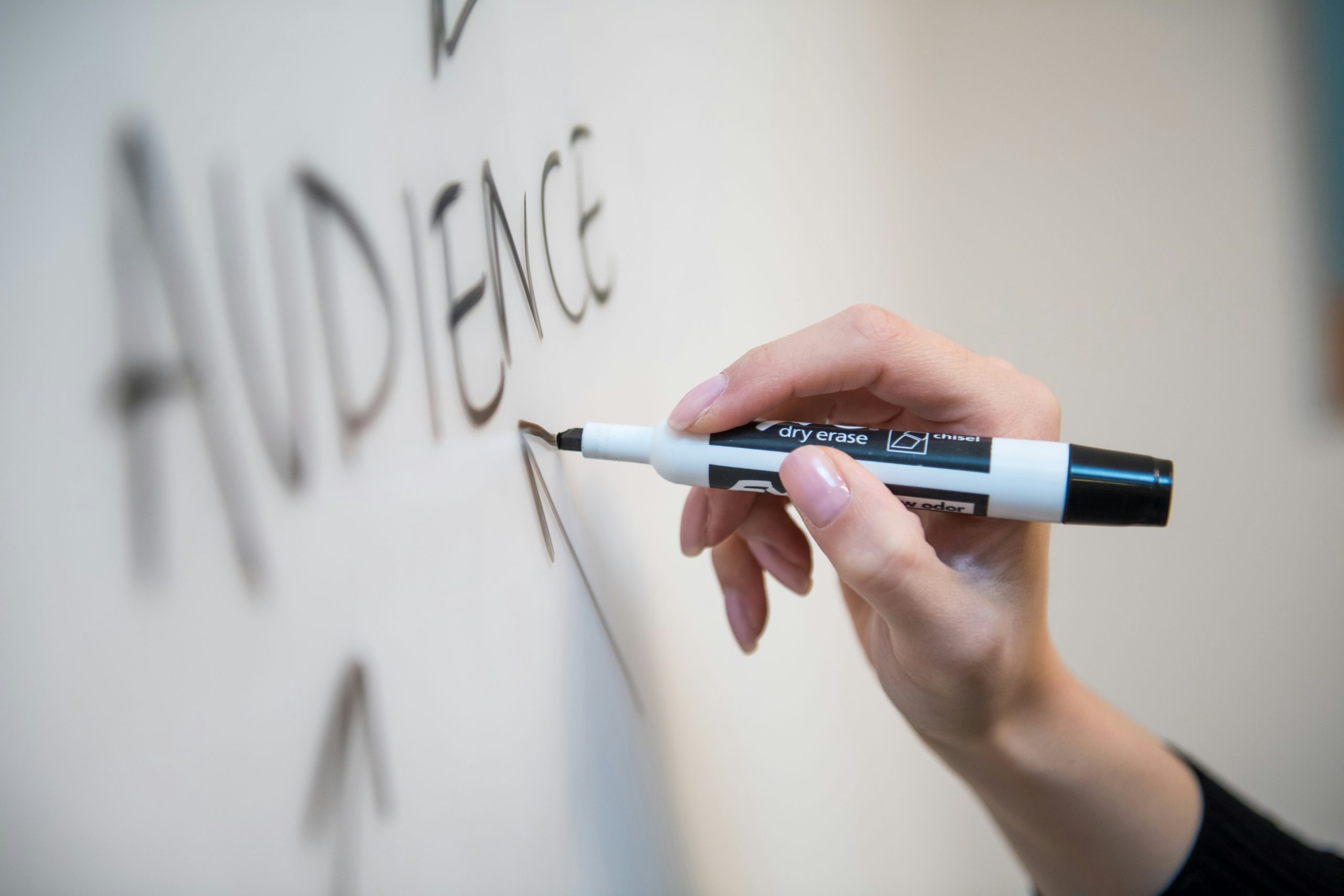Social Numbers Add Up
- Wednesday, July 16th, 2014
- Share this article:
 The World Cup always looked like it had the potential to be a defining, watershed moment for social media, and so it has proved. Four years ago, both Twitter and Facebook had only a fraction of the user numbers they have today. Facebook had 500m monthly active users in July 2010. By the end of March 2014, that figure had risen to 1.28bn, so by the time the World Cup started, there were likely three times as many people on Facebook as there were the last time the event took place.
The World Cup always looked like it had the potential to be a defining, watershed moment for social media, and so it has proved. Four years ago, both Twitter and Facebook had only a fraction of the user numbers they have today. Facebook had 500m monthly active users in July 2010. By the end of March 2014, that figure had risen to 1.28bn, so by the time the World Cup started, there were likely three times as many people on Facebook as there were the last time the event took place.
As for Twitter, CEO Dick Costolo reported 190m monthly users in June 2010, which had risen, according to Statista, to 255m by Q1 2014. Less spectacular than Facebook’s growth for sure, but a 34 per cent increase nonetheless. Added to this, our love of second-screening has blossomed between the last World Cup and this one. I’m not sure when the term second-screening first entered common parlance in mobile marketing land, but two years ago feels about right.
Even so, the numbers reported by Facebook and Twitter during the World Cup are off the chart. Over the course of the tournament, between 12 June and 13 July, a total of 350m people joined the conversation on Facebook, generating 3bn interactions, including posts, comments and likes, related to the event. 280m of those interactions were around a single match, the final between Germany and Argentina, generated by 88m people. This makes this one game the single most-talked about event in Facebook’s history.
On Twitter, there were 672m tweets related to the World Cup. Again, this is the highest number Twitter has registered for any event, though the company notes that it’s hard to compare the 32-day, 64-match World Cup to, the single-game Super Bowl, the one-night Oscars, or the 16-day Olympics. The official #WorldCup hashtag was used 24m times during the tournament, while three of the top five most-tweeted moments occurred during Brazil’s 7-1 semi-final loss to Germany on July 8, though the highest tweet rate, of 618,725 tweets per minute, occurred when Germany triumphed in the final.
So the question then becomes, how do brands harness this? According to figures from Hootsuite, Sony and Adidas were the most talked-about World Cup partner brands, with 2.1m mentions each, while Adidas’s #allin hashtag was the best-performing, with 1.1m mentions. Specsavers also made hay from the Luis Suarez biting incident with a tweet suggesting the Uruguayan striker had confused the Italian defender Chiellini, who he bit, with cannelloni. The tweet was retweeted more than 29,000 times.
Social engagement
These stats got me thinking about the whole question of social media engagement, and it was thrown into sharp relief for me last night as I attended two launch parties – I know, it’s a hard life, but someone’s got to do it. The first was for mobile payments firm Droplet, to celebrate the release of V2 of its app, which looks, from last night’s demos, very neat indeed. The second was to celebrate the full roll-out of Weve’s display advertising offering.
There is a random link between the two events and the two companies, and those World Cup social media stats, which I’ll do my best to explain here. The Droplet app has two typical use cases. The first is to pay for stuff in shops. Here, I think the firm would admit, there is currently a limited number of merchants on board; it’s a long way short of reaching critical mass.
The second is for peer-to-peer payments alla Barclays Pingit. Your friends have dragged you out for an impromptu curry after a couple of drinks and you have no cash to settle the bill? Simples; just ask one of your friends to settle up for you and in a couple of clicks, you can pay them back through the Droplet app. There are some neat twists too. You can create a Friends list and see which of your Droplet friends are nearby, making it easier to sort those impromptu payments to friends you are with at the time.
But it was when the company, and its agency, Krowd, started talking about how they were planning to promote the app that things got interesting. They have come up with a neat strapline: ‘Your Mates. Your Money. Your Mobile.’ It’s the sort of line you could see lingering onscreen at the end of a 30-second TV advertising spot.
Except that Droplet is not planning any TV advertising, or at least it wasn’t mentioned last night, presumably because TV advertising is expensive, and (if you pretend the dotcom bubble and crash never happened), startups can’t afford it. All the launch activity for Droplet V2 will be on social media, and the campaign that Krowd have put together looks pretty impressive.
Critical mass
The point being, seven years ago, when a firm called Blyk was trying to achieve critical mass for its MVNO offering – look at ads on your phone in return for talk time and data – it seemed obvious to me and many other commentators that without a TV advertising budget, attaining critical mass was going to be well nigh impossible, unless the thing took off virally in a massive way. Which it didn’t, probably because in 2007, Facebook had just 58m users and Twitter, less than a million.
Fast forward seven years, look at those World Cup social media engagement stats, throw in Weve – 22m opted-in users at the last count (yes, I know some of their optins are “softer” than others but even so…) and you start thinking it should be possible, in theory, to at least reach the whole country using nothing more than social media and some well-targeted mobile messaging. Whether you convince people to get on board is another matter. But given the fact that the Droplet app does what it says on the tin, so the product is a good one, its success or failure will be a good measure, in my opinion, of whether social media engagement really amounts to something more tangible, measureable and accountable than likes, shares, comments and retweets. I guess we should know one way or the other a year or two from now when we’re all using Droplet without giving it a second thought, or have forgotten it ever existed.

















